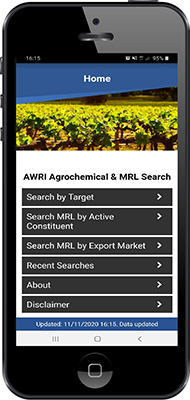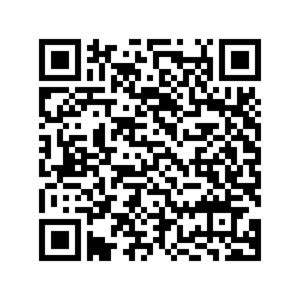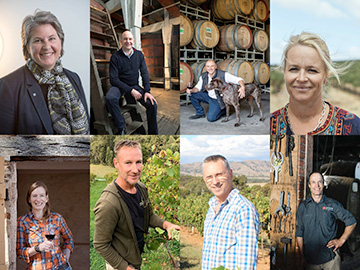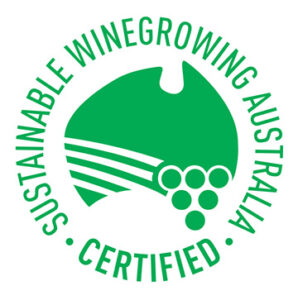The eBulletin issued on 6 November 2020 listed products under permit for control of fall armyworm (Spodoptera frugiperda). Table 1 has now been updated to include insecticides registered for use in vineyards that contain the bacterium Bacillus thuringiensis (Bt) subspecies aizawai or kurstaki. The Bt products listed in Table 1 have armyworm (Spodoptera spp.) on the label and would most likely kill larvae of fall armyworm, especially if applied when larvae are small. The Bt products may be used until harvest.
The efficacy of the different Bt strains against fall armyworm depends on the type of toxins the strains produce. Research indicates that the aizawai strain provides better control of fall armyworm than the kurstaki strain.
Fall armyworm has a reputation for developing resistance to insecticides. If fall armyworm is found in the vineyard, a program of control that uses several activity groups over the control period is needed. Resistance management strategies will be required to maintain effectiveness of insecticides for controlling this pest.
For more information please contact Marcel Essling on 08 8313 6600 or email helpdesk@awri.com.au.
Table 1. Chemical control options for fall armyworm in wine-grape production.
| Fall armyworm | ||||
| Active constituent | Activity group | Some registered products | Restriction on use for export wine | Permit number |
| methomyl |
1A |
Electra 225, KDpc Metho, Landrin 225, Lannate L, Lymo 225, Methomyl (225, 225 SL), Nudrin 225, Pirate, Seneca (Ultra 400SP), Sinmas 225 | Not recommended on grapes destined for export wine. Contact your winery prior to any methomyl application. | 89293 |
| chlorantraniliprole |
28 |
Altacor Hort | Use no later than E-L 25, 80% capfall. | 89259 |
| spinetoram |
5 |
Delegate | Use no later than E-L 31, berries pea-size (not > 7 mm diameter). | 89241 |
| spinosad |
5 |
Entrust Organic | 89870 | |
| emamectin |
6 |
Energise, Proclaim, Proclaim Opti, Warlock | Use no later than E-L 31, berries pea-size (not > 7 mm diameter) AND do not use within 56 days of harvest. | 89263 |
| indoxacarb |
22A |
Avatar, Incarnate 300 WG, Indoxacarb 300WG, Lepta 300 WG, Persona 300 WG, Spymaster 300WG | 89278 | |
| Bacillus thuringiensis aizawai | 11 | Bacchus WG | May be used until harvest | |
| Bacillus thuringiensis kurstaki | 11 | Delfin, DiPel DF | ||
This information is provided to inform the Australian grape and wine sector and should not be interpreted as an endorsement of any product.
References
Hardke, J.T., Rogers Leonard, B., Huanga, F., Jackson, R.E. 2011. Damage and survivorship of fall armyworm (Lepidoptera: Noctuidae) on transgenic field corn expressing Bacillus thuringiensis Cry proteins. Crop Prot. 30(2): 168-172.
Hercos Valicente, F., Augustode, E., Picoli, T., Vilaçade Vasconcelos, M. J., Portilho Carneiro, N., Almeida Carneiro, A., Teixeira Guimarães, C., Lana, U.G. 2010. Molecular characterization and distribution of Bacillus thuringiensis cry1 genes from Brazilian strains effective against the fall armyworm, Spodoptera frugiperda. Biol. Control 53 (3): 360-366.
Wang, Y., Wang, J., Fu, X., Nageotte, J.R., Silverman, J., Bretsnyder, E.C., Chen, D., Rydel, T.J., Bean, G.J., Li, K.S., Kraft, E., Gowda, A., Nance, A., Moore, R.G., Pleau, M.J., Milligan, J.S., Anderson, H.M., Asiimwe, P., Evans, A., Moar, W.J., Martinelli, S., Head, G.P., Haas, J.A., Baum, J.A., Yang, F., Kerns, D.L., Jerga, A. 2019. Bacillus thuringiensis Cry1Da_7 and Cry1B.868 protein interactions with novel receptors allow control of resistant fall armyworms, Spodoptera frugiperda (J.E. Smith). Appl. Environ. Microbiol. 85(16): 1-15.







